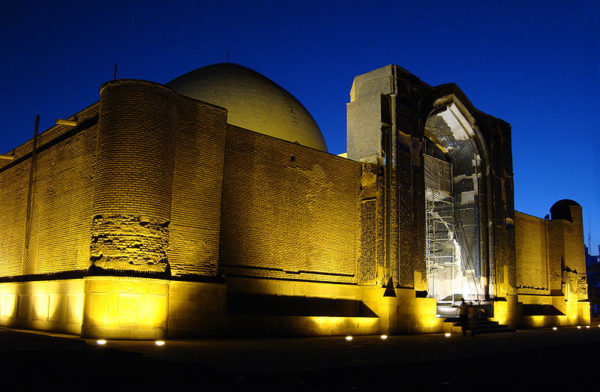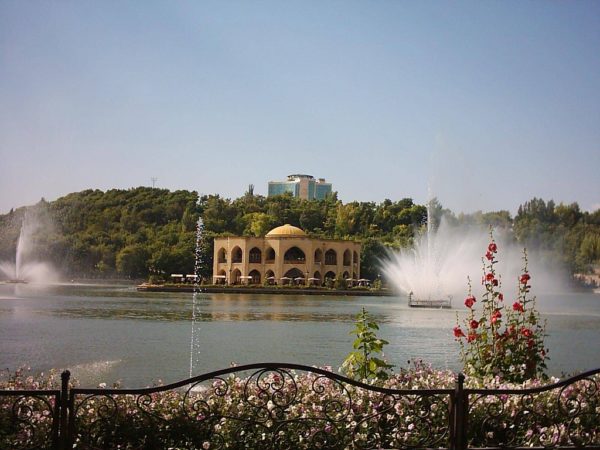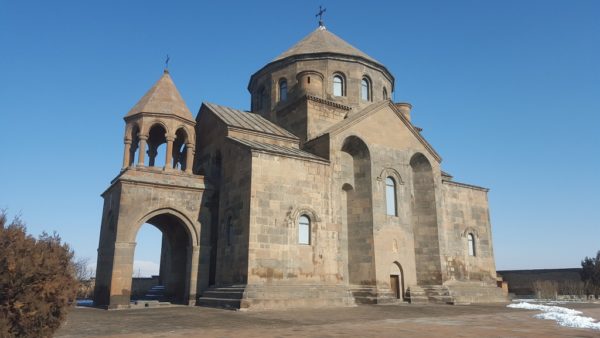Lying at an altitude of 1,340 meters above sea level, 619 km northwest of Tehran, the second largest city in Iran until the late 1960s and one of its former capitals (with a population of 1,400,000 according to 1992 census), Tabriz is located in a valley to the north of the long ridge of Mount Sahand. The valley opens out into a plain that slopes down gently to the northern end of Lake Orumieh, 60 km to the west.
With a very rich history, Tabriz used to house many historical monuments. Unfortunately, many of them were destroyed in repeated invasions and attacks of foreign forces, negligence of the ruling governments, as well natural disasters such as earthquakes and floods. What remains now mostly dates back to the Illkhanids, the Safavids, and the Qajars. Some of the monuments are unrivaled masterpieces of architecture.
The Shahrdari Square is the center of the town, on the south-west of which stands the imposing edifice of Municipality. The railway station (5km from the center of the town) is at the western edge of the town. The Quri Chai River runs through Tabriz, and most places of interest to the visitor are to the south of this river and along or north of Imam Khomeini Avenue.
Tabriz Great Bazaar:
Strolling in the center of Tabriz, particularly Motahari Avenue, one is reminded very forcibly that it is a commercial city: one cannot miss its very large and 15th century covered bazaar occupying an area of one square kilometer. It is already much diminished in its variety of goods, but still a great place for getting hopelessly lost amid its dusty architectural splendors.
Its architectural style, numerous caravansaries, mosques, and schools have added further beauty and glory to this complex. Exact information on the history and origin of the bazaar is not available; however, historical buildings such as the Jame Mosque, Talebieh School, and Sadeqieh School indicate that the complex is one of the oldest structures of the city. The present structure of bazaar dates back to the closing years of the Zand dynasty (1750-1779 AD).
The complex has high brick domes and arches. It includes several small bazaars, or bazaarches, each for a specific guild and craft. Carpet making is the main trade, but Tabriz is also renowned for its silverware and jewelry. The spice bazaar, one of the most pungent and impressive in Iran, is an excellent place for picking up henna. Look out also for the traditional Azeri hats resembling those worn by the gypsies of Western Europe.



